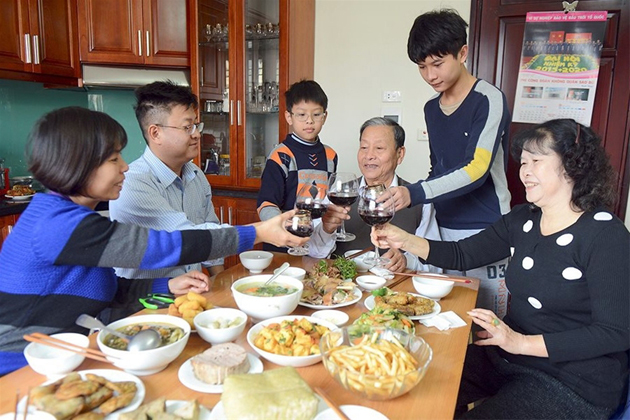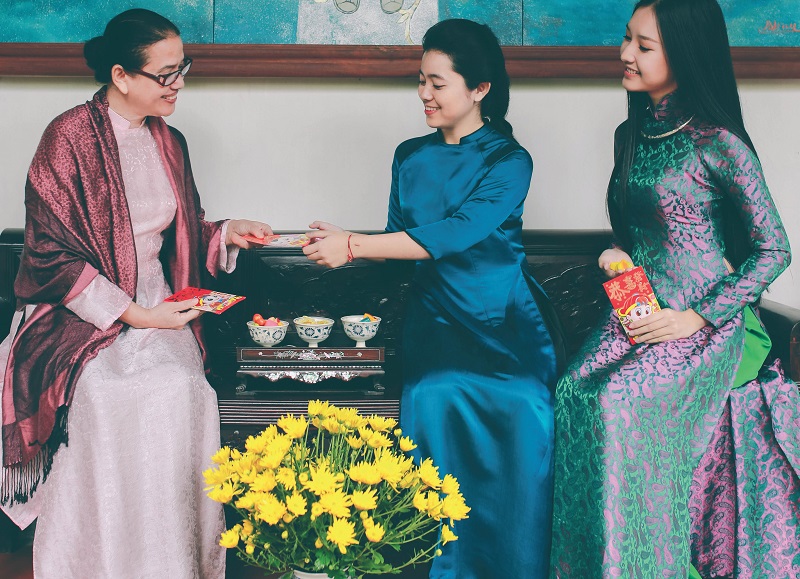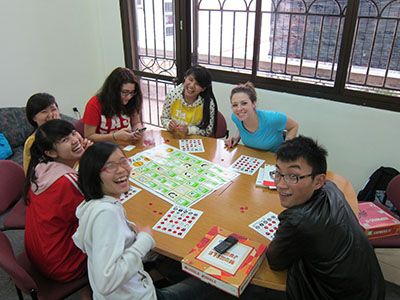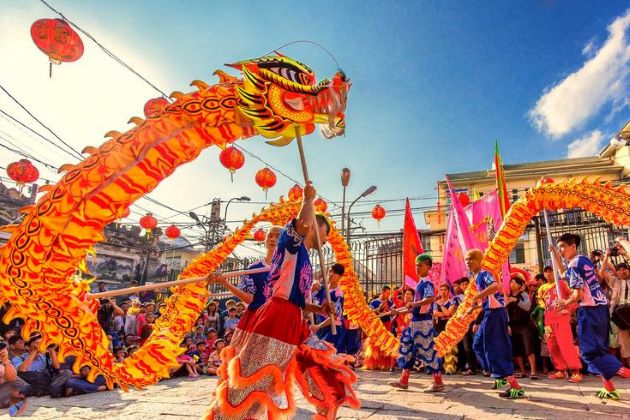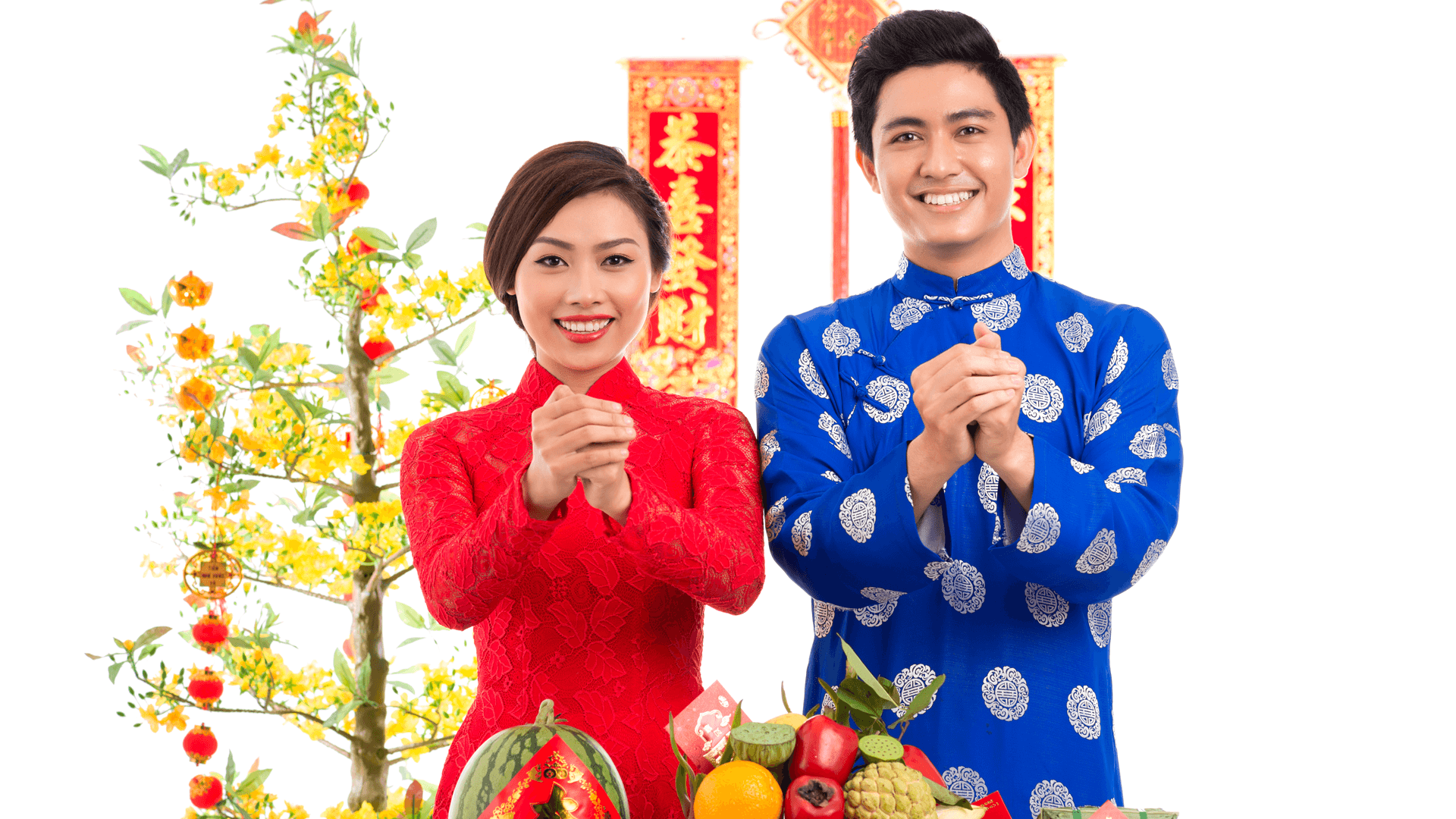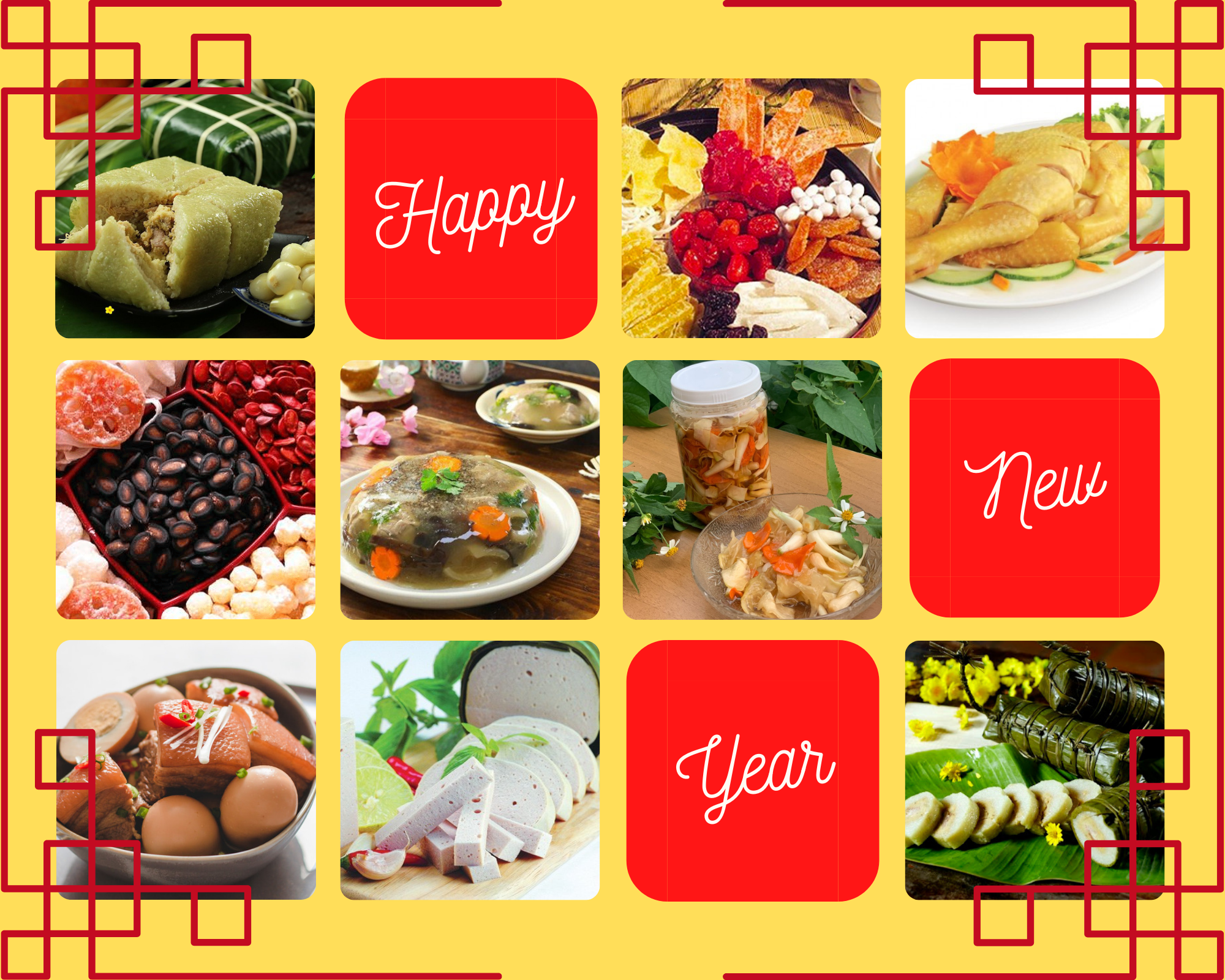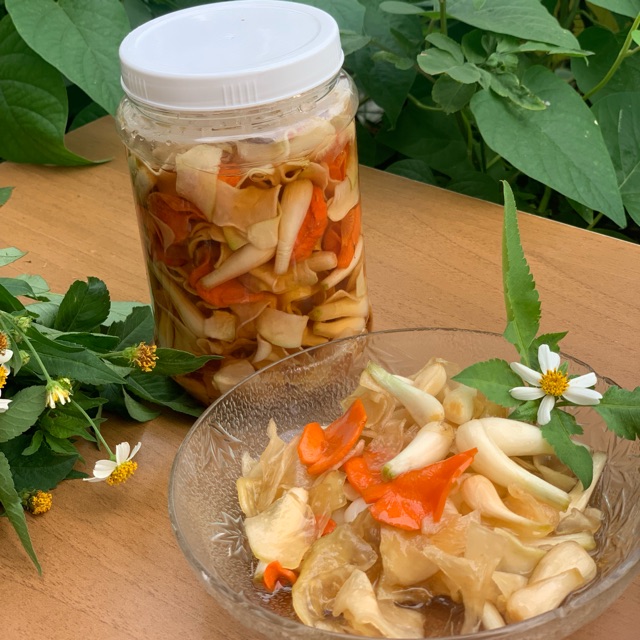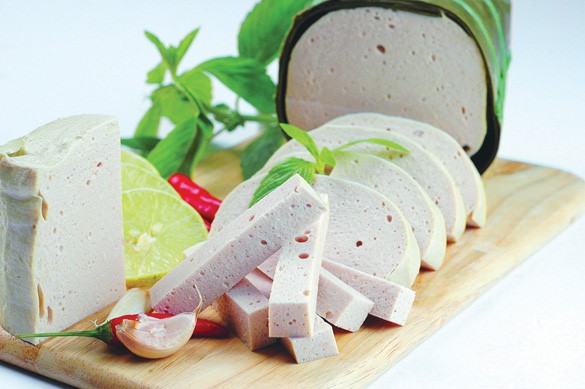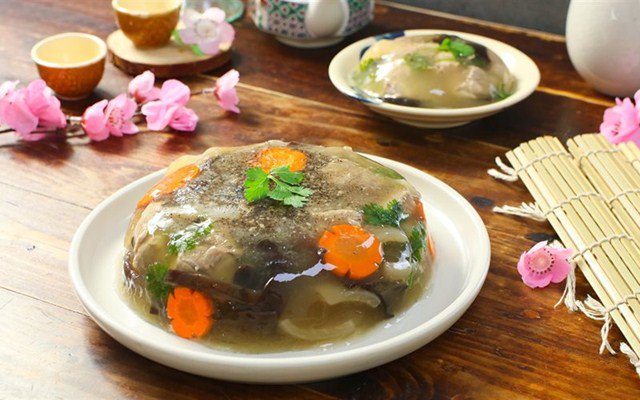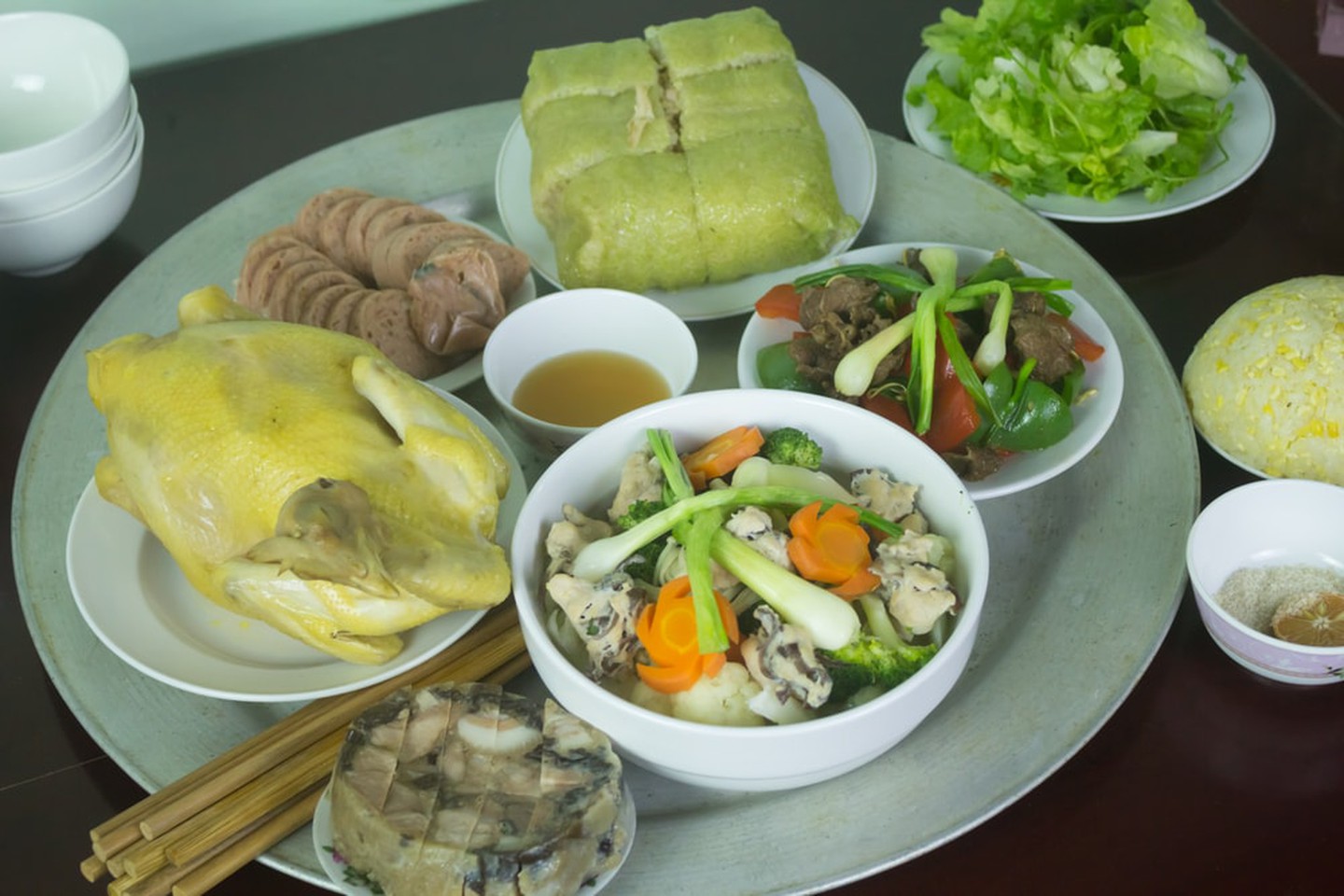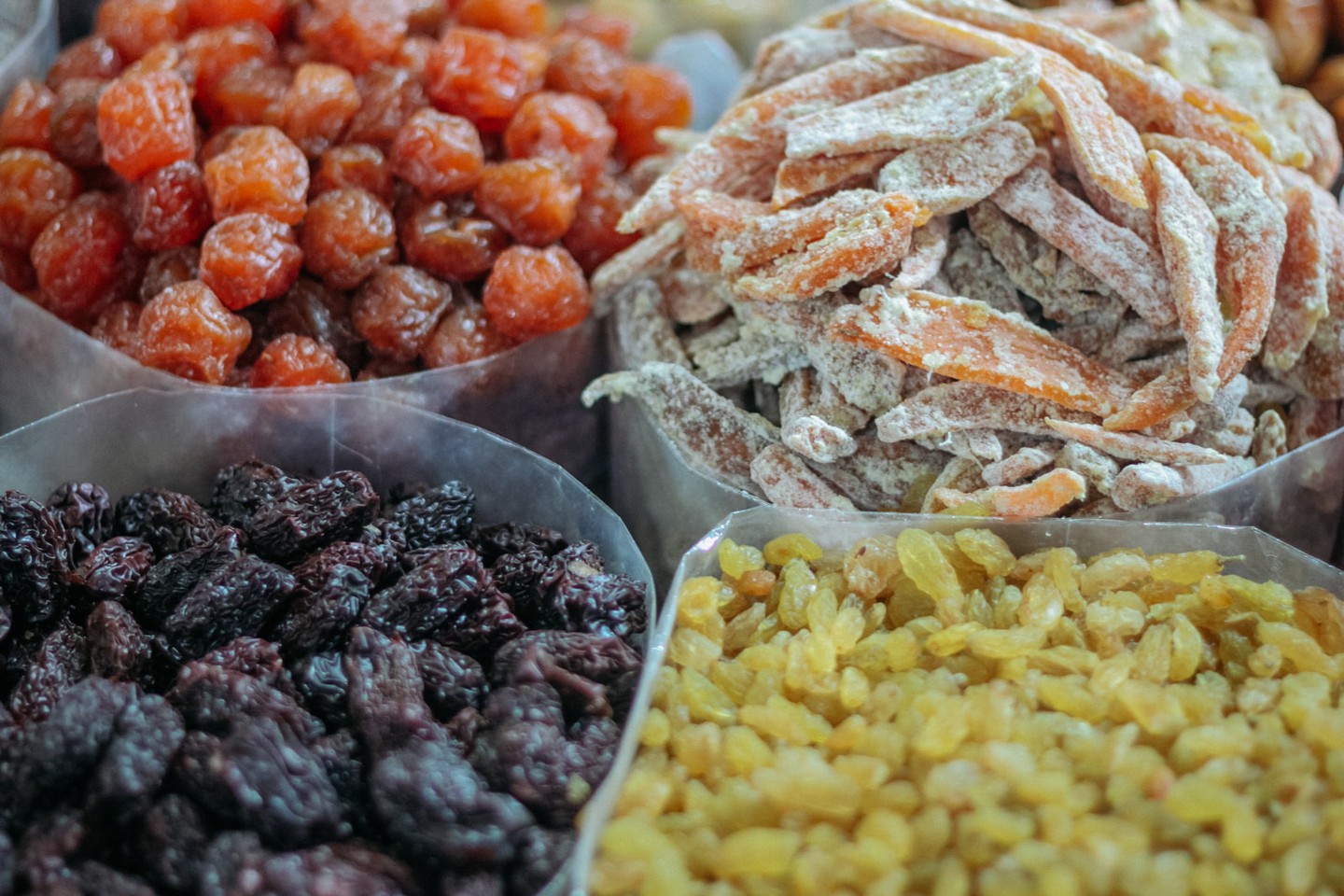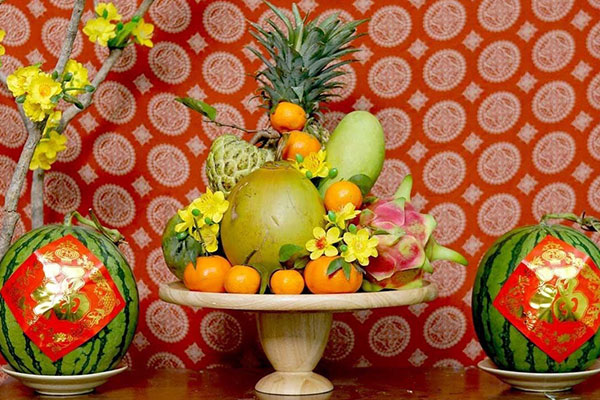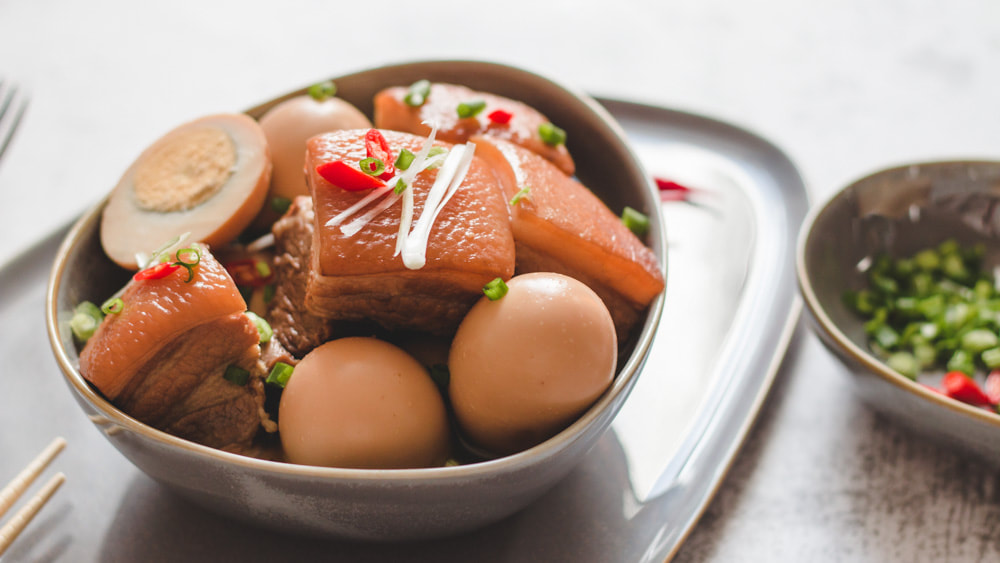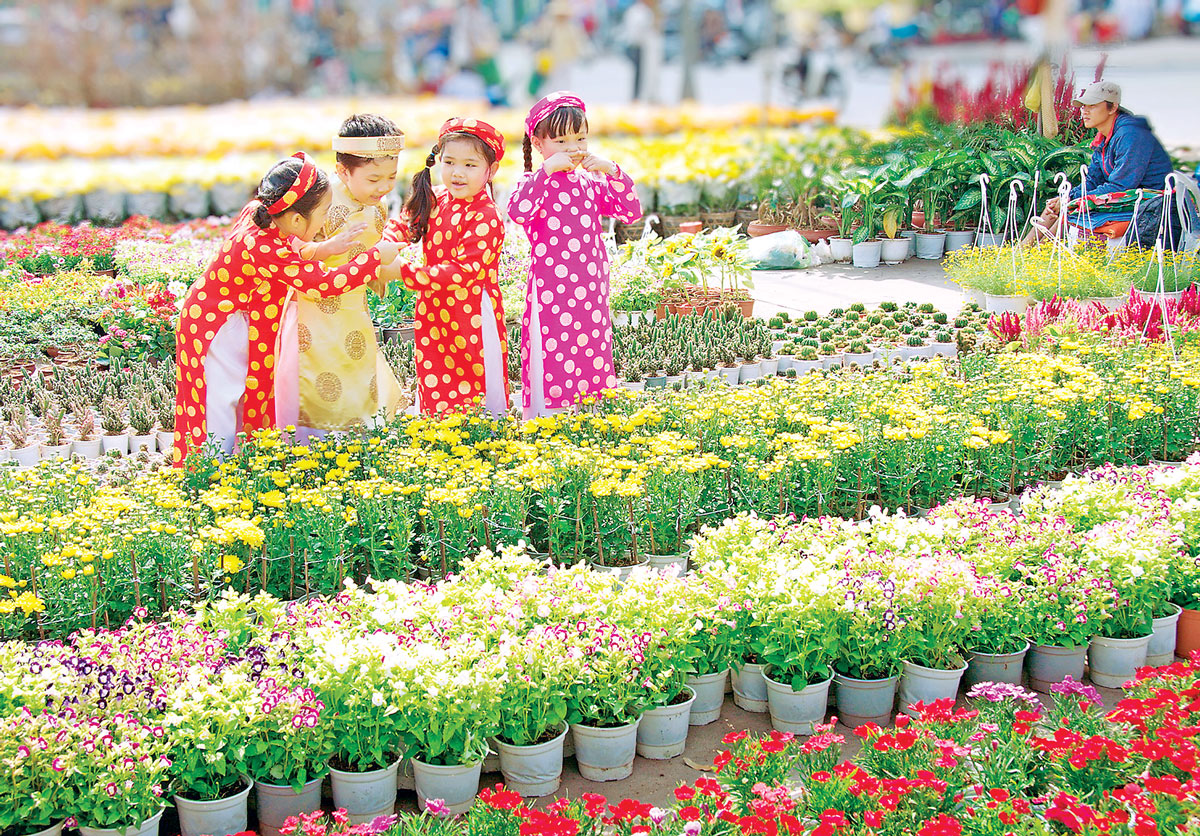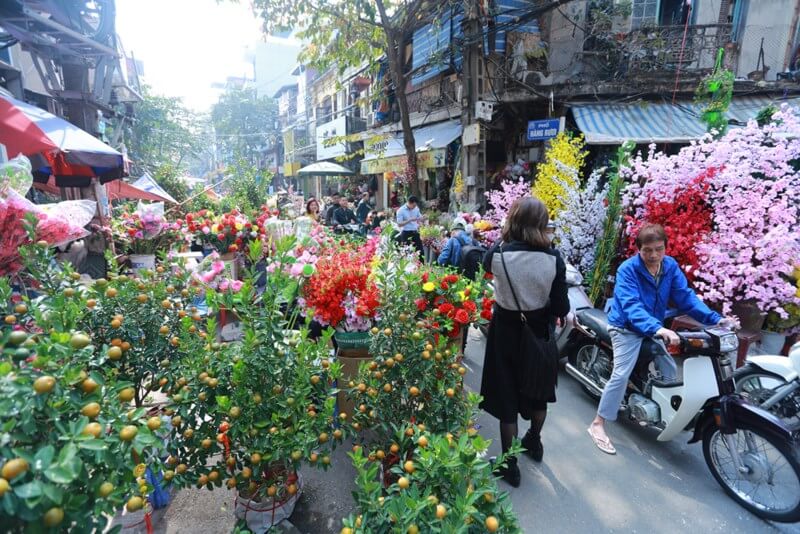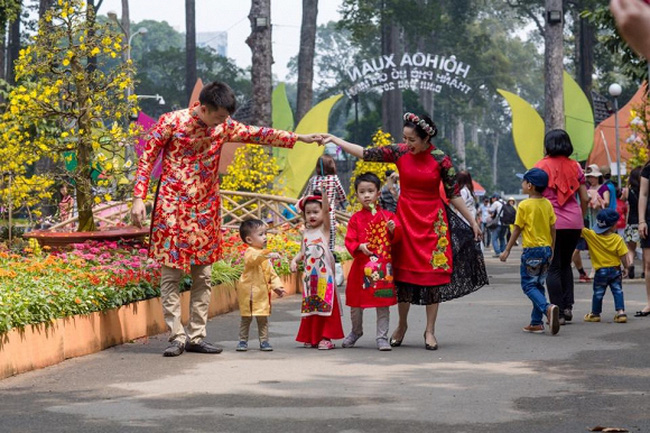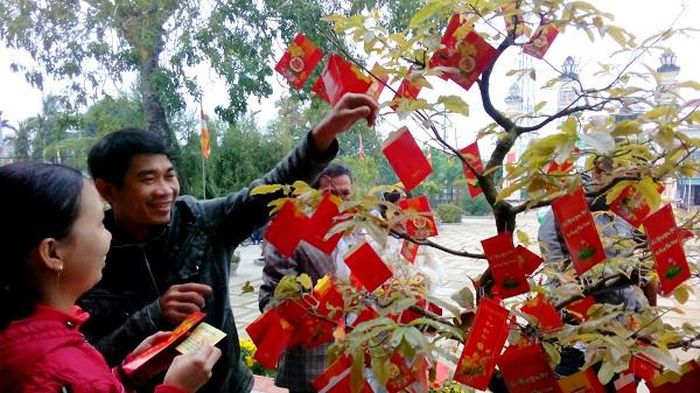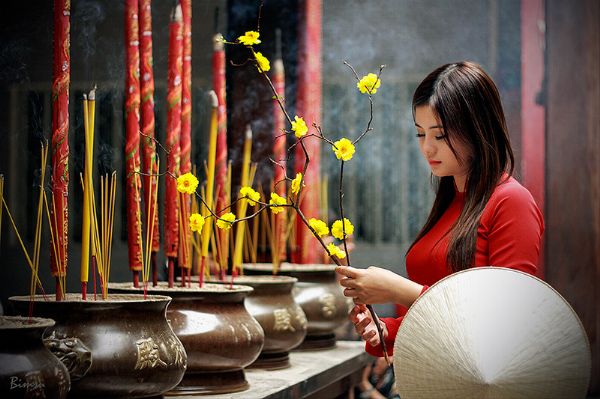- Apply for Sponsor Letter and the List of experts on entry to Vietnam for the People’s Committee where the company’s head office is affiliated or where the expert is working (Submit to the Department of Invalids and Labor of the commune Association – 33 Street No. 13, Hiep Binh Chanh, Thu Duc, Ho Chi Minh City, for experts entering Ho Chi Minh City)
The application form is available at https://drive.google.com/drive/u/0/folders/1CX4dRUrs2iKD2m89j-M1TaIFJvEBEfmT
*The Provincial People’s Committee reviews the petition and forwards it to the Immigration Department – Ministry of Public Security and notify the results to the company within 20-25 days.
- Submit the Sponsor Letter approved by the People’s Committee with the list of the experts to the Immigration Department – Ministry of Police after it has issued a decision on approval from the People’s Committee together with the Immigration Application (NA2)and the Sample Seal Registration Form at the Department of Immigration(Form NA16)
* In case the expert does not have a Visa / Work permit, then Submit the VISA Application (Form NA1) to the Department of Immigration
*The process of returning results at Immigration Department takes 5-7 working days
- Apply for Quarantine Accommodation According to Official Letter No. 1441 / BYT-MT dated 20/3/2020 of the Ministry of Health, medical isolation at hotels (with fee) is currently only applicable to foreigners such as experts, business managers, skilled workers, …
The application form is available at https://drive.google.com/drive/folders/175Tz1j9ZZdSEXs0fIRNqFV64_tiwB_Z2?usp=sharing
- The company prepares and submits the isolation plan to the local Department of Health for approval (1 day).
* In the Ho Chi Minh City area, there is no need to obtain confirmation from the Department of Health from February 1, 2021. However, the guaranteeing company still has to submit the quarantine plan to the airline
The required documents to send to the Department of Health / Center for Disease Control as following (Not applied for HCMC)
- List of experts approved by the Provincial People’s Committee / Department of Labor, Invalids and Social Affairs;
- The Decision of the People’s Committee to propose to the Immigration Department to issue visas to experts. In case, the expert who working in another province desires to be isolated in Ho Chi Minh City, the Expert must have approval from the Ho Chi Minh City People’s Committee.
- Letter of approval from Immigration Department for the experts;
- Proposal for Quarantine location – Hotel selection;
- Scan of confirmation of SARS-CoV-2 test by real-time PCR technique from 3- 7 days before the entry date. The SARS-CoV-2 test must be done at government-approved laboratories or at the World Health Organization (WHO) accredited laboratory system.
- Having documents, certifying insurance, international insurance of the expert or the host organization inviting the expert to commit to paying treatment costs in case of Covid-19;
- The Commitment from the Expert’s Organization/Company for ensuring and taking responsibilities to the public safety from the Covid-19 pandemic
5. When you have all the documents, please register to join the Flight to Vietnam
6. After buying the air ticket, please take the Covid-test by PCR system.
7. Please fill out the Medical Declaration / Vietnam Health Declaration form https://tokhaiyte.vn 24 hours before your departure.



